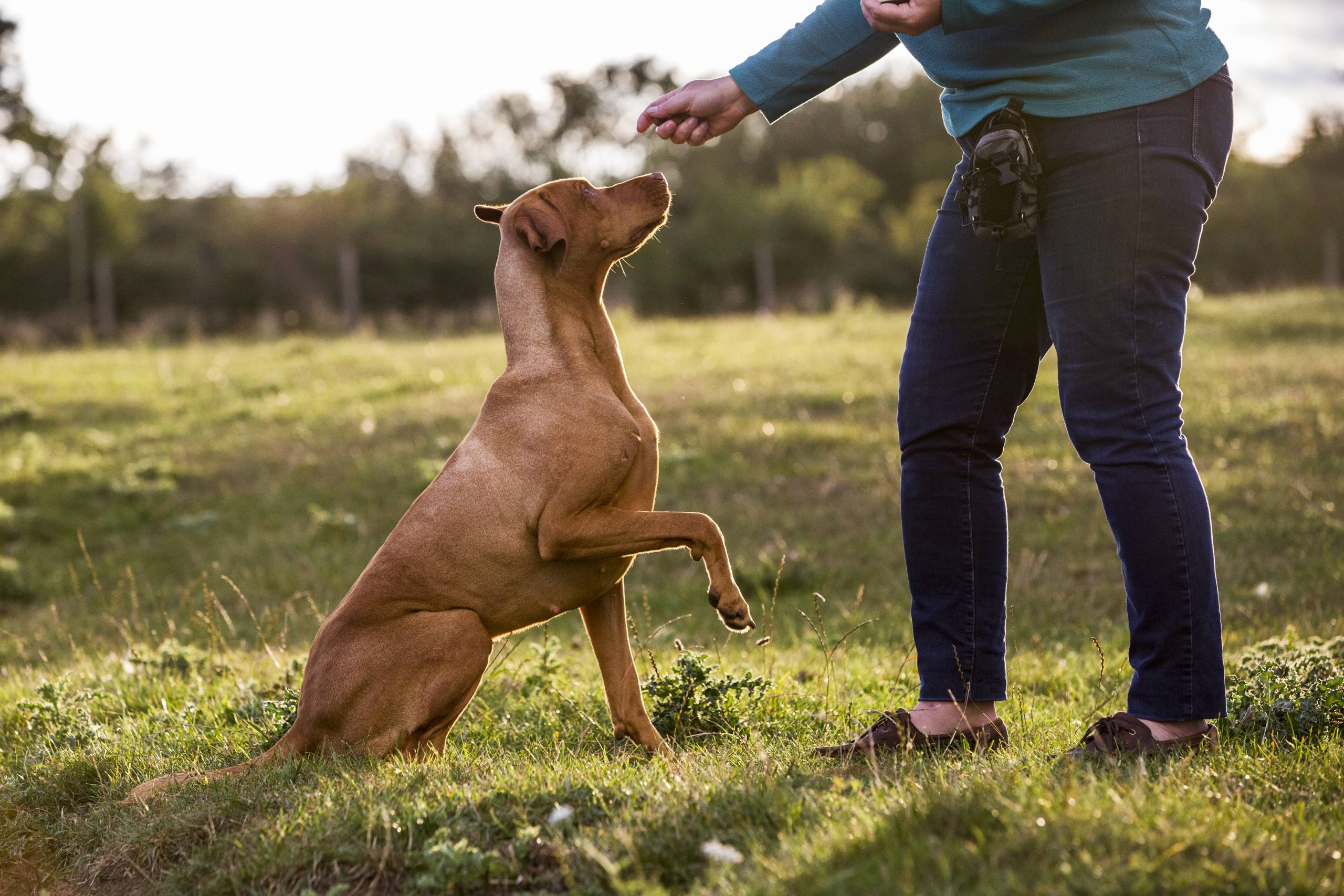
Pet training is an essential aspect of pet ownership that can greatly enhance the relationship between pets and their owners. For training to be effective, it’s crucial to understand the psychological principles that underlie pet behavior. By tapping into these psychological insights, pet owners can develop more compassionate and successful training methods.
The Basics of Pet Psychology
At the heart of pet psychology lies the understanding that animals have their own cognitive processes and emotional lives. Just like humans, pets are motivated by certain factors and have specific needs and responses that drive their behavior. To devise an effective training program, it is essential to consider the psychology of pets, which includes:
1. Learning Theories: Pets learn mainly through operant and classical conditioning. These learning theories explain how behaviors are acquired and maintained.
– Operant Conditioning: This involves learning through consequences. Behaviors followed by positive outcomes are more likely to be repeated, while those followed by negative outcomes are less likely. This principle is extensively used in reward-based training.
– Classical Conditioning: This involves making associations between stimuli. For instance, a dog may begin to associate the sound of a leash being picked up with going for a walk.
2. Social Learning: Some pets, particularly social animals like dogs, learn by observing others. This process, known as social learning or modeling, shows that pets can imitate behaviors they observe in their companions, be it humans or other animals.
3. Intrinsic and Extrinsic Motivation: Understanding what drives your pet’s behavior will aid in training. Intrinsic motivation involves doing something because it is inherently rewarding (like a cat playing). Extrinsic motivation involves external rewards (like treats for a dog performing a trick).
The Importance of Positive Reinforcement
One of the most effective approaches to pet training is positive reinforcement. This technique is rooted in rewarding desired behaviors to encourage their recurrence. The benefits of positive reinforcement are manifold:
– Strengthens Bond: Positive interactions during training sessions enhance the bond between the pet and the owner.
– Encourages Eager Participation: Pets trained with positive reinforcement tend to be more enthusiastic and eager to participate in training.
– Reduces Fear and Anxiety: Unlike punitive training methods, positive reinforcement minimizes the risk of causing fear or anxiety in pets.
To implement positive reinforcement successfully:
– Be Consistent with Rewards: Reward your pet immediately after the desired behavior to create a clear connection between the behavior and the reward.
– Use High-Value Treats: Identify treats or rewards that your pet finds highly motivating.
– Keep Sessions Short: Regular short training sessions are more effective than long, demanding ones.
The Role of Patience in Training
Patience is a vital component of training that’s often overlooked. Training is not an instantaneous process; it requires time, consistency, and repetition. Every pet is unique, and some may take longer to learn specific behaviors. Approaching training with patience prevents frustration for both the pet and the owner.
Underestimating the power of Body Language
Pets are highly attuned to their owner’s body language. Dogs, for instance, rely more on body language than vocal commands. An owner’s posture, gestures, and eye contact can significantly influence a pet’s behavior. Being aware of your body language and ensuring it aligns with your training commands can make the process smoother and more efficient. Here are several tips:
– Maintain Open Posture: Avoid looming over your pet or making sudden movements which might be perceived as threatening.
– Use Hand Signals: Combine verbal commands with hand signals to reinforce learning.
– Be Attuned to Your Pet’s Signals: Learn to recognize your pet’s body language to understand their emotional state and adjust your training methods accordingly.
Understanding the Limits and Setting Realistic Expectations
Every pet has its own capabilities and limits. Understanding and respecting these limits are vital. Unrealistic expectations can lead to frustration and may negatively impact the training process and your relationship with your pet. It’s important to:
– Set Achievable Goals: Set small, attainable goals that build towards larger objectives.
– Celebrate Small Wins: Appreciate and reward even the small milestones your pet achieves.
Dealing with Behavioral Issues
Behavioral issues such as aggression, anxiety, and excessive barking or meowing can disrupt the training process. It’s important to address these problems with a compassionate and systematic approach. Consider the following:
– Identify Triggers: Understand what triggers these behaviors and try to eliminate or desensitize your pet to these triggers.
– Consult Professionals: If behavioral issues persist, consider consulting a professional trainer or a veterinary behaviorist.
Conclusion
Understanding the psychology behind pet training equips pet owners with the knowledge to foster a harmonious relationship with their pets. Utilizing principles such as positive reinforcement, patience, and body language awareness, and setting realistic expectations can greatly enhance the effectiveness of the training process. Remember, every pet is unique, and what works for one may not work for another. Adapting your training methods to suit your pet’s individual needs will lead to better outcomes and a happier, healthier pet. Happy training!






